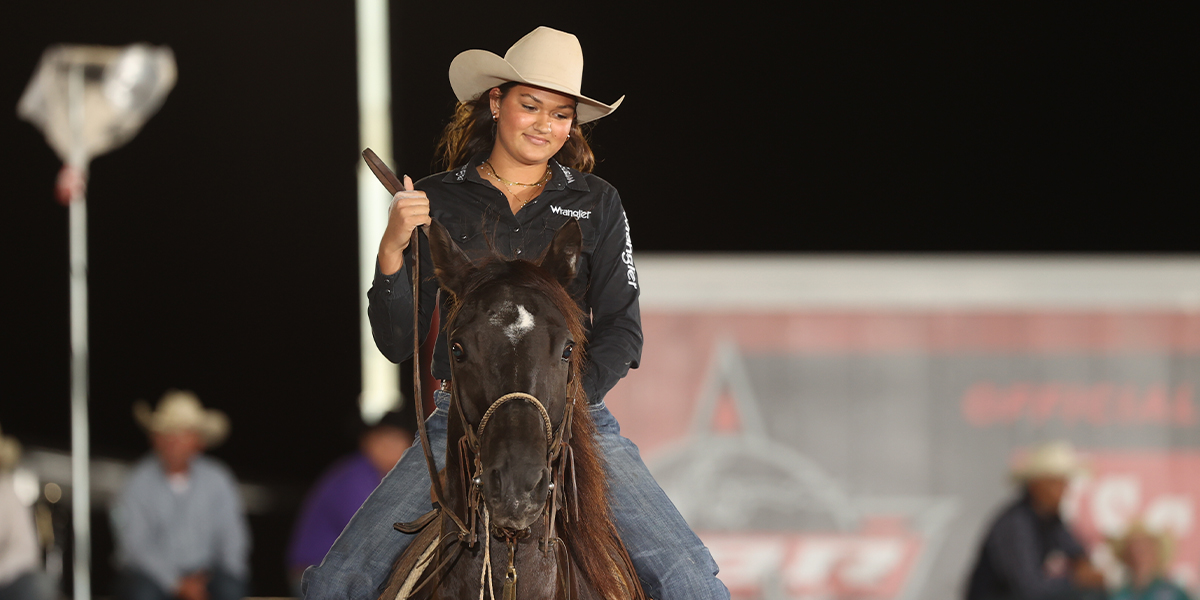
By Kendra Santos
This week’s $400,000 Rodeo Carolina here at the Tryon International Equestrian Center & Resort in Mill Spring, North Carolina is being billed as the Richest Rodeo East of the Mississippi. This is a first of its kind for contestants and fans alike. How is rodeo different here, and how cool is it for contestants from this part of the country to get to step up onto this big a stage?
Breakaway Roper Oralee Madison of Crofton, Kentucky:
Rodeo is different back here, mostly because the setups are a lot different. Out West, they have more barrier. You go with your calf here, or you get outrun. But you have to take a quick throw here to win anything. Some people might not expect it to be as tough back here, but they’d be wrong about that. Breakaway roping is as tough here as anywhere. I’m only 15, so this is the biggest stage I’ve ever been on. It’s so cool to not have to drive 13 hours to rope in a big roping, and this is a super nice facility. The calves are good, too. It only took us seven or eight hours to get here, which is a short drive in my book. The best part of this event for me is that I don’t have to wait until I’m 18 to win this much money. This rodeo is like nothing I’ve ever seen before, and an event of this caliber prepares younger contestants for the big stage better than anything.
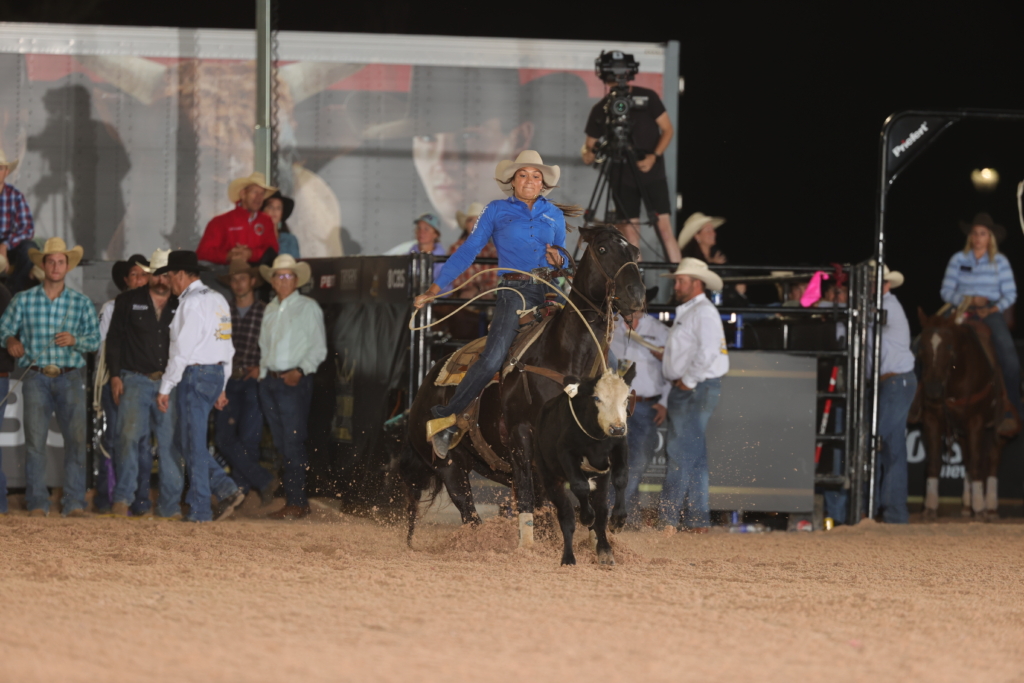
Barrel Racer Emily Golden of South Boardman, Michigan:
I don’t know that rodeo is necessarily different, but it’s just not as popular back here (yet). I’ve been to rodeos in the East, West, North and South, and don’t think it’s very different at all. Rodeo is rodeo. But I’m from Michigan, and it’s not exactly the heart of rodeo country. I’m so thankful to the WCRA for this opportunity for people who live on this side of the country. It was still a fourteen-and-a-half-hour drive for me to be here, but it’s very cool to not have to haul all the way to Texas to get a chance like this. Hopefully, this event being here will intrigue people on the East Coast, and introduce more people to rodeo.
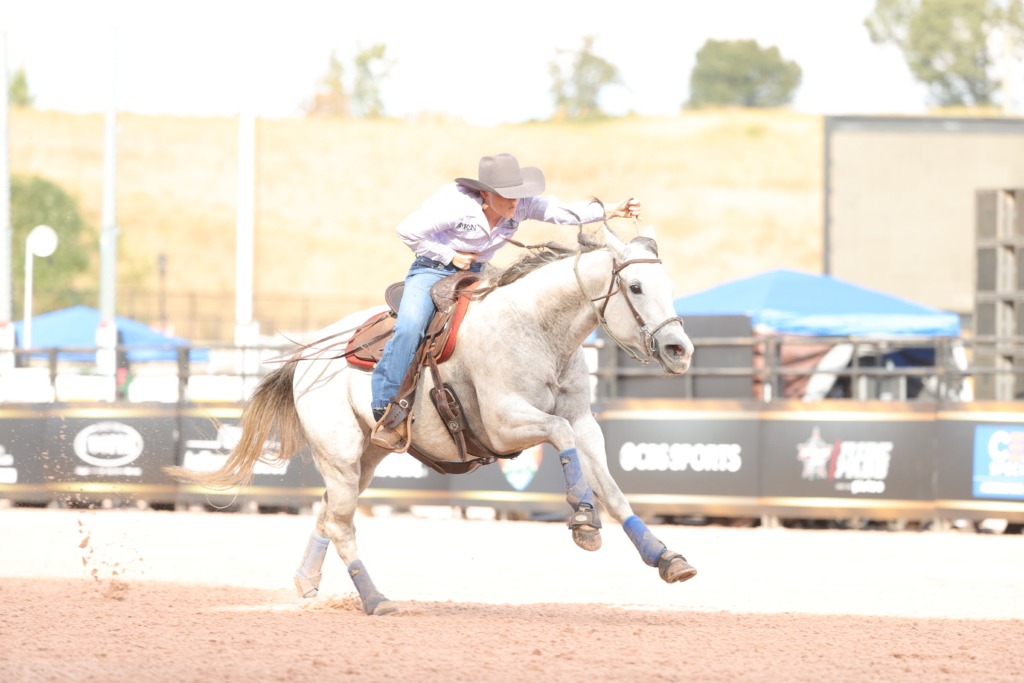
Bareback Rider Nick Pelke of Mondovi, Wisconsin:
Nobody thinks of cowboys coming from East of the Mississippi. There aren’t as many rodeos or cowboys where I come from as out West. But you’d be surprised how much support there is for this sport back here. People just don’t realize it. We get big crowds, and people are really excited to watch what we do. I got my professional rookie card this year (and finished in the top 25 in the world), and I think it’s great for the sport to have rodeos all over the country. A rodeo like this one really opens eyes everywhere, and gives guys from East of the Mississippi a big chance. It’s extra special to someone like me who doesn’t come from rodeo country, and it’s a great chance to prove that there are some hands from back this way who know what we’re doing.
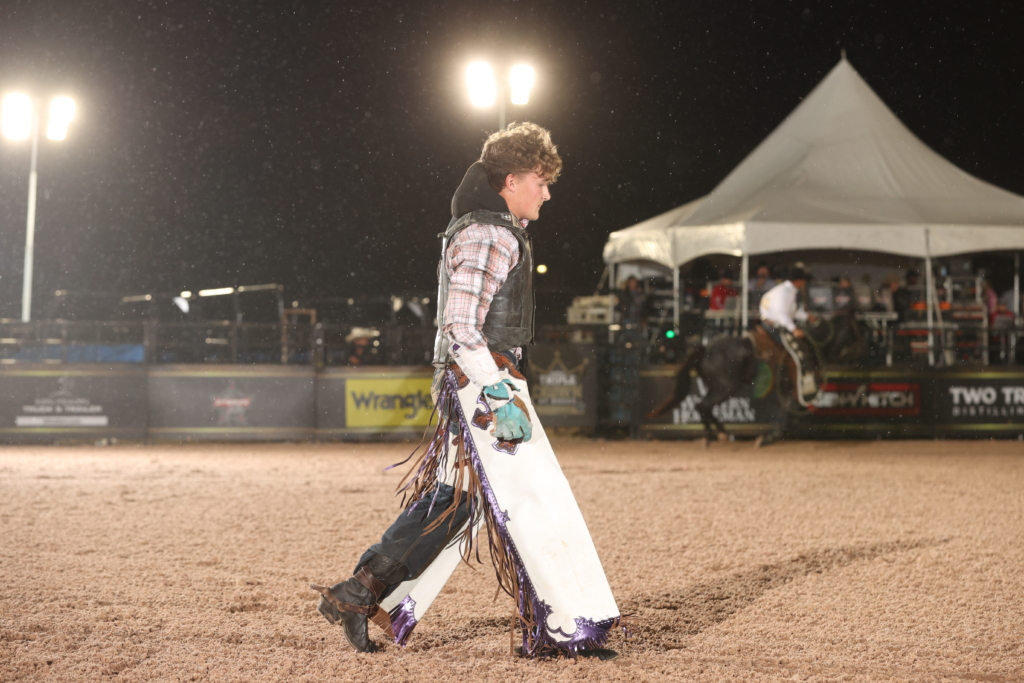
Saddle Bronc Rider Byron Gilliland of Trempealeau, Wisconsin:
Rodeo is different here. The crowds are energetic no matter how small the rodeo back East. People love rodeo, and I think that’s because it’s not really expected here. The chance to ride on this big a stage is amazing. Rodeo is a sport built on faith and family. It’s so cool to see that spread into this part of the country, and to show more people about the camaraderie in rodeo. How we are in rodeo—always pulling for each other—shows people how we should all behave. If our society was one big rodeo, we would all be better off.
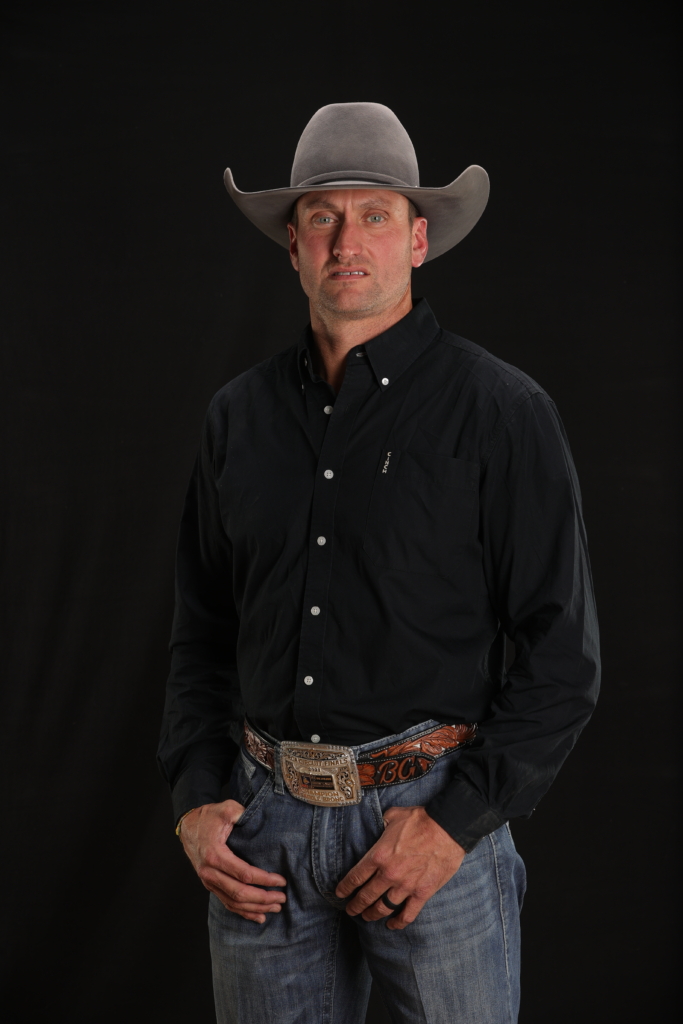
Bull Rider Will Loomis of Cincinnatus, New York:
I wouldn’t say rodeo’s different here, but the number of rodeos is sure different. The actual rodeos really aren’t any different, but there are far fewer professional rodeos on the East Coast. This rodeo is huge for the sport. To bring this kind of money to this part of the country is major, and it’s just so good for the sport of rodeo to have a rodeo of this caliber to expose the best of our sport to more people. People here aren’t immersed in rodeo as much as they are out West. And with this being televised, even more people get to see our sport at its best. This is good for rodeo everywhere.



